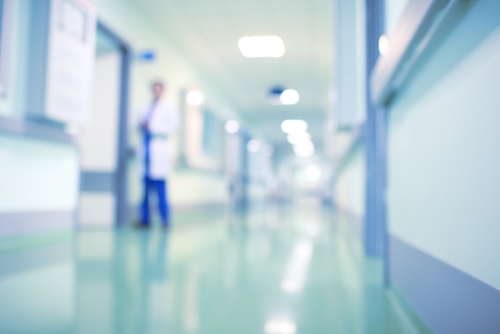
During some COVID-19 surges, U.S. hospitals were hampered in terms of staff, supplies, or space to care for patients that exceeded their normal operating capacity, though health care coalitions helped fill some gaps.
According to the Government Accountability Office (GAO), a review of eight hospitals nationwide made these concerns plain – all experienced these issues to one degree or another. This is concerning, as staff, supplies, space, and information are all considered critical components to medical surge response. While the U.S. Department of Health and Human Services (HHS) has programs and activities in development to support medical surge readiness at such hospitals and health care organizations, GAO noted it is too early to tell their efficacy.
Efforts in development include, among others:
- A new medical surge exercise to test readiness among coalitions
- Targets to measure readiness performance
- Funding development of a regional disaster health response system
- Improving data sharing on resource and capacity issues
- Regional guidelines for hospitals and other facilities on treating patients and increasing medical surge capacity during public health emergencies
In the meantime, HHS has been funding coalitions of regional groups of healthcare and response organizations to provide help through extra supplies and other means. Hospitals have taken steps to address issues, including supplementing staffing levels where possible or training staff on proper personal protective equipment, but these can only do so much.




